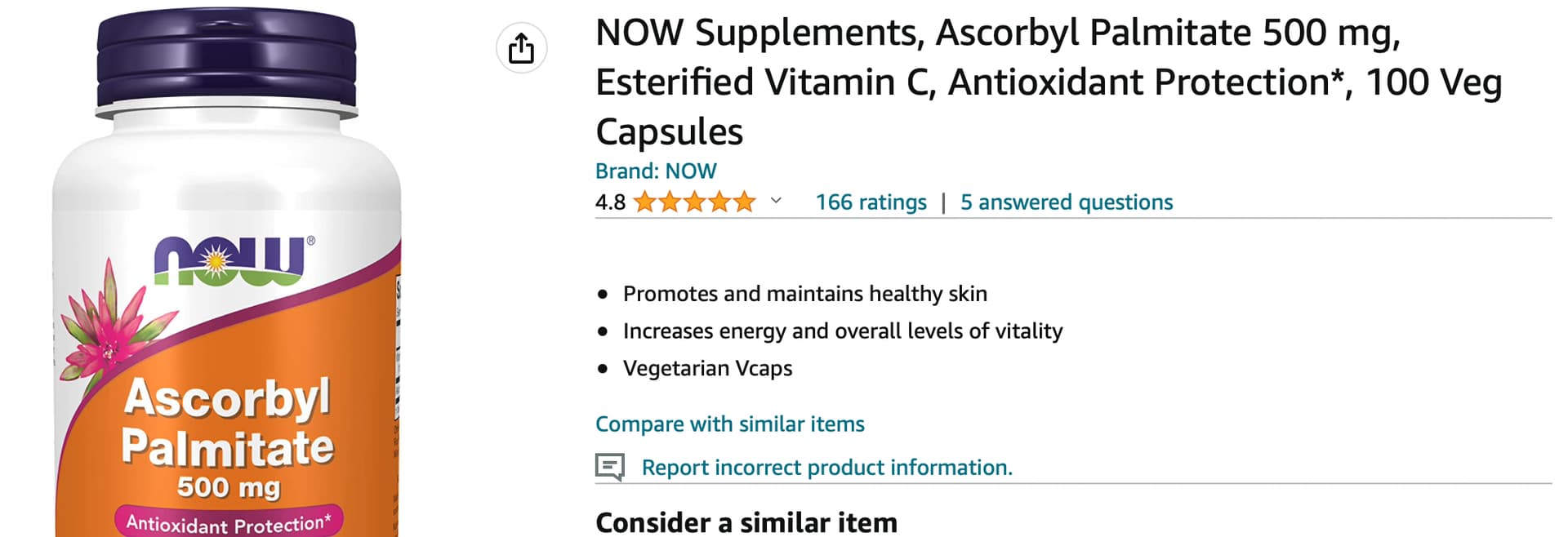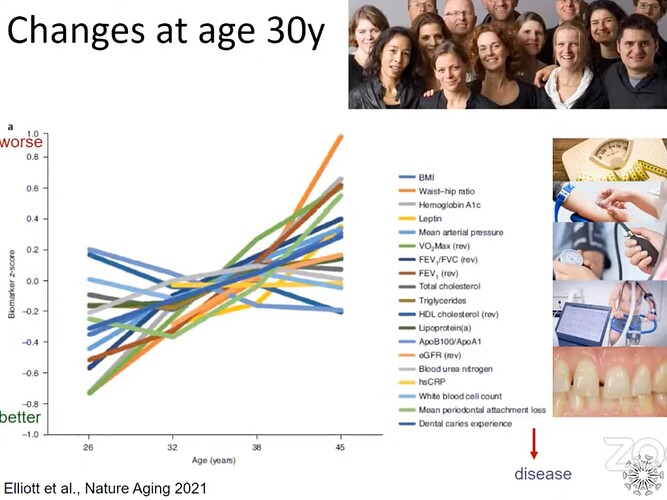I know next to nothing about this because I don’t have a copy of the paper: I’m just going off of the abstract and what has previously been reported about the drug. I have some confidence in the briefly-described result because it comes from a new paper from Vadim Gladyshev with ITP leader Richard Miller, who would probably not coauthor a paper with a BS claim of healthy and total life extension:
Here, we conducted multi-tissue RNA-seq analyses across 41 mammalian species, identifying longevity signatures and examining their relationship with transcriptomic biomarkers of aging and established lifespan-extending interventions. An integrative analysis uncovered shared longevity mechanisms within and across species, including downregulated Igf1 and upregulated mitochondrial translation genes, and unique features, such as distinct regulation of the innate immune response and cellular respiration. … lifespan-extending interventions counteracted aging patterns and affected younger, mutable genes enriched for energy metabolism. The identified biomarkers revealed longevity interventions, including KU0063794, which extended mouse lifespan and healthspan.
KU0063794 is a previously-reported investigational dual mTORC1-mTORC2 inhibitor:
In the present paper we describe the small molecule Ku-0063794, which inhibits both mTORC1 and mTORC2 with an IC50 of ∼10 nM, but does not suppress the activity of 76 other protein kinases or seven lipid kinases, including Class 1 PI3Ks (phosphoinositide 3-kinases) at 1000-fold higher concentrations. Ku-0063794 is cell permeant, suppresses activation and hydrophobic motif phosphorylation of Akt, S6K and SGK, but not RSK (ribosomal S6 kinase), an AGC kinase not regulated by mTOR. Ku-0063794 also inhibited phosphorylation of the T-loop Thr308 residue of Akt phosphorylated by PDK1 (3-phosphoinositide-dependent protein kinase-1). We interpret this as implying phosphorylation of Ser473 promotes phosphorylation of Thr308 and/or induces a conformational change that protects Thr308 from dephosphorylation. In contrast, Ku-0063794 does not affect Thr308 phosphorylation in fibroblasts lacking essential mTORC2 subunits, suggesting that signalling processes have adapted to enable Thr308 phosphorylation to occur in the absence of Ser473 phosphorylation.
We found that Ku-0063794 induced a much greater dephosphorylation of the mTORC1 substrate 4E-BP1 (eukaryotic initiation factor 4E-binding protein 1) than rapamycin, even in mTORC2-deficient cells, suggesting a form of mTOR distinct from mTORC1, or mTORC2 phosphorylates 4E-BP1. Ku-0063794 also suppressed cell growth and induced a G1-cell-cycle arrest.
https://portlandpress.com/biochemj/article/421/1/29/79701
The approved mTOR inhibitors produce clinically meaningful responses, however, the responses are short-lived and almost never curative [for renal cell carcinoma] [8]–[11]. Both temsirolimus and everolimus are rapamycin analogs that target mTORC1 but not mTORC2. Therefore, it has been argued that strategies to target mTORC1 and mTORC2 may produce better clinical responses [7]. Furthermore, it has been proposed that drug resistance develops due to compensatory activation of mTORC2 signaling during treatment with temsirolimus or everolimus [12]. This argument is supported by the observation that selective inhibition of mTORC1 can increase Akt activity by removing negative feedback loops provided by mTORC1, S6K1, and IRS1 [4].
Several synthetic small molecules have been described that inhibit both mTORC1 and mTORC2 and some are already in early phase clinical trials [7], [13]–[15]. Ku0063794 is a highly specific small-molecule inhibitor of mTOR kinase that inhibits both mTORC1 and mTORC2 [16]. Ku0063794 inhibits the phosphorylation of S6K1 and 4E-BP1, which are downstream substrates of mTORC1, and it inhibits Akt phosphorylation on Ser473, which is the target of mTORC2.
https://journals.plos.org/plosone/article?id=10.1371/journal.pone.0054918
[mTOR] is up‐regulated after moderate to severe traumatic brain injury (TBI). Currently, the significance of this increased signalling event for the recovery of brain function is unclear; therefore, we used two different selective inhibitors of mTOR activity to discover the functional role of mTOR inhibition in a mouse model of TBI performed by a controlled cortical impact injury (CCI).
Treatment with KU0063794, a dual mTORC1 and mTORC2 inhibitor, and with rapamycin as well‐known inhibitor of mTOR, was performed 1 and 4 hours subsequent to TBI. Results proved that mTOR inhibitors, especially KU0063794, significantly improved cognitive and motor recovery after TBI, reducing lesion volumes. Also, treatment with mTOR inhibitors ameliorated the neuroinflammation associated with TBI, showing a diminished neuronal death and astrogliosis after trauma. Our findings propose that the involvement of selective mTORC1/2 inhibitor may represent a therapeutic strategy to improve recovery after brain trauma.
https://onlinelibrary.wiley.com/doi/10.1111/jcmm.16702

